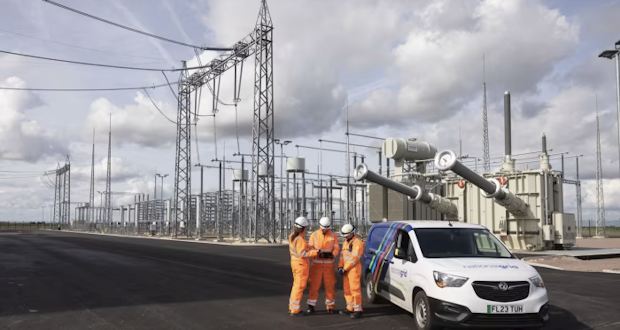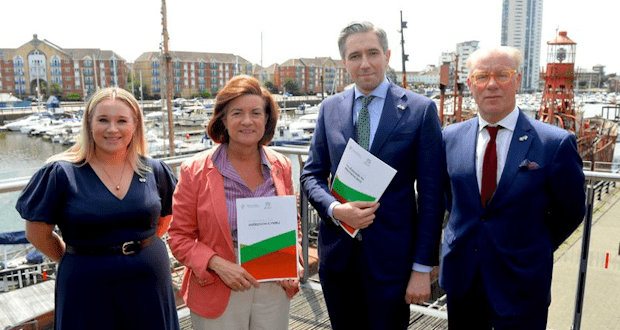Subsea interconnectors are a very discreet sector, it entails decade-long developments…but are developing fast and have become critical to increasing renewables penetration and enhancing energy security. They were originally developed around the North Sea and the Baltic Sea by TSO (Transmission System Operators) but have now caught the interest of large private infrastructure investors. Those HVDC cables, running for hundreds of kms under the seabed, can carry (in both ways) power equivalent to a nuclear plant.
How are those projects being developed? What are their revenue models? What are the technical options? What does the future look like as pharaonic projects liking continents are now being considered? Gerard and Laurent provide an in-depth view into the beauty and sophistication of those projects with the “captain Nemo” of interconnectors, Simon Ludlam.
Simon, a former investment banker, is the founding partner of Etchea Energy which currently provides the Management Team to the Irish MaresConnect interconnector project. Etchea Energy previously provided Project Director services to the €500m Greenlink Interconnector where it was successful in introducing Cap & Floor regulation in Ireland, securing PCI status for the project, and raising equity finance for the construction phase. Prior to Greenlink, Simon originated and led the development of the €600m ElecLink interconnector project through the Channel Tunnel.

MaresConnect secures EU PCI/PMI Status
MaresConnect has been included in the Second EU PCI/PMI List, and recognised as a priority energy infrastructure project MaresConnect is pleased to announce its inclusion


